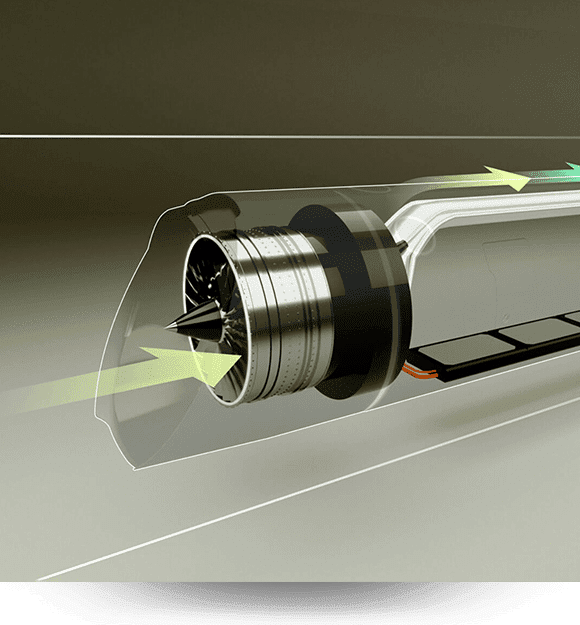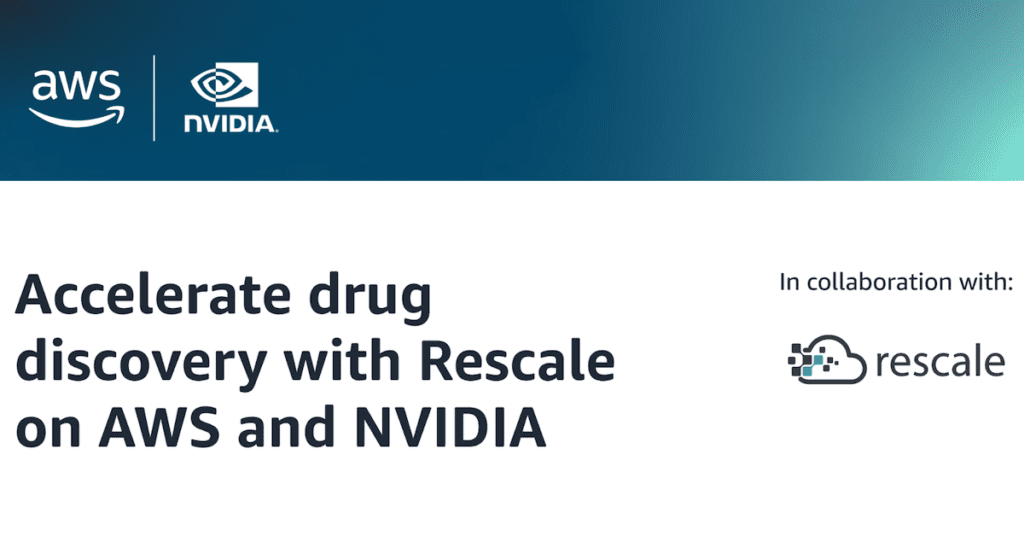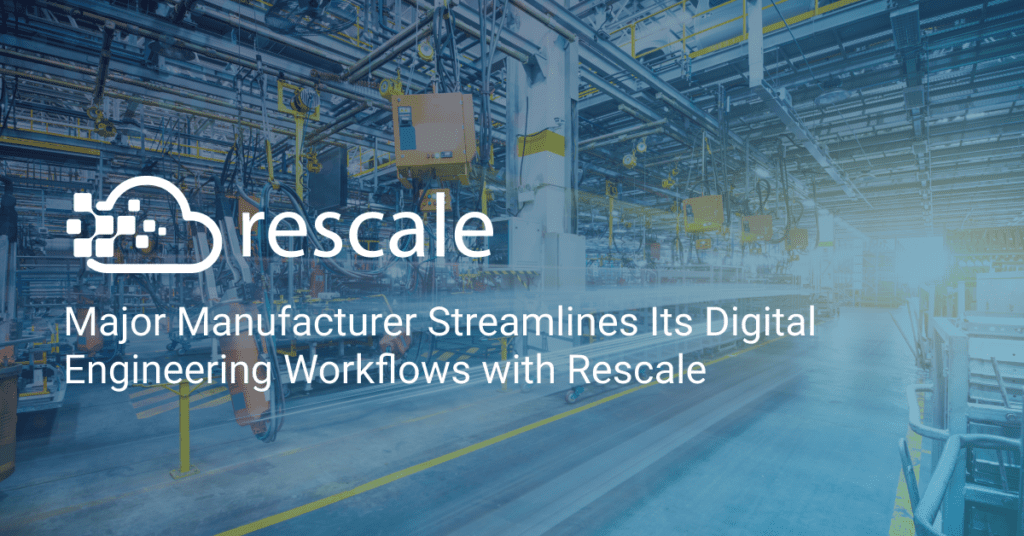コンピュータ支援エンジニアリング(CAE)と複合領域設計最適化(MDO)
無限のコンピュートリソースに即座にアクセスでき、最適化のための環境をスケールアップできます。高再現性モデルと複雑なマルチフィジックスの相互作用によりMDOの潜在能力を引き出し、真に最適な設計を実現します。






お客様事例: Zeleros
Zelerosは、スピード、コスト、効率性の面で前例のない成果を生み出し、陸上輸送設計にノベーションをもたらし、イーロンマスク氏が主催するSpaceXが主催するHyperloop Pod Competitionで優勝しました。
チームのイノベーションのペースがローカルのコンピューティング能力を上回る
Zelerosでは、ダイナミクスエンジニアのFederico Lluesma氏が、同社のプロトタイプの最終的な属性をテストして完成させ、実環境での性能を確保するためのハイパーループモデルシミュレーションの開発と管理を担当しました。
効率化
Zelerosのチームは、AWSでHPCを利用することで、シミュレーションの開発に必要な拡張性、柔軟性、およびメモリを手に入れました。ハイブリッドHPCとクラウドHPCに対応し、特に研究開発を重視している企業向けに開発されたRescale HPCオートメーションプラットフォームを使用することで、ZelerosはAWSサービスをさらに最適化できました。
信頼性の向上
Zelerosのチームは、各シミュレーションに適切なHPCインスタンスを見つけるためのベンチマークテストに多くの時間を費やしていました。Rescaleを導入したことで、チームは各タスクに最適なインスタンスを簡単に特定できるようになりました。
その他のCAEおよびMDOリソース
住友電気工業、RescaleのAIで研究開発イノベーションを再定義
自動化されたCAEは、この巨大メーカーが AI/ML と科学技術コンピューティングを通じて次世代材料の研究開発を加速および合理化するのに役立っています。
AWS と NVIDIA の Rescale で創薬を加速する
ハイ パフォーマンス コンピューティング (HPC) は、研究者や計算科学者が初期段階の研究を促進し、医薬品開発をスピードアップするのに役立ちます
大手メーカーが Rescale でデジタル エンジニアリング ワークフローを合理化
グローバルな研究開発チームは、Rescale の Elastic Cloud Workstation を採用して、CAD、前処理、解析、後処理をクラウドに移行し、エンジニアリング ワークフローを統合し、物理ワークステーションによる遅延とコストを回避しています。






